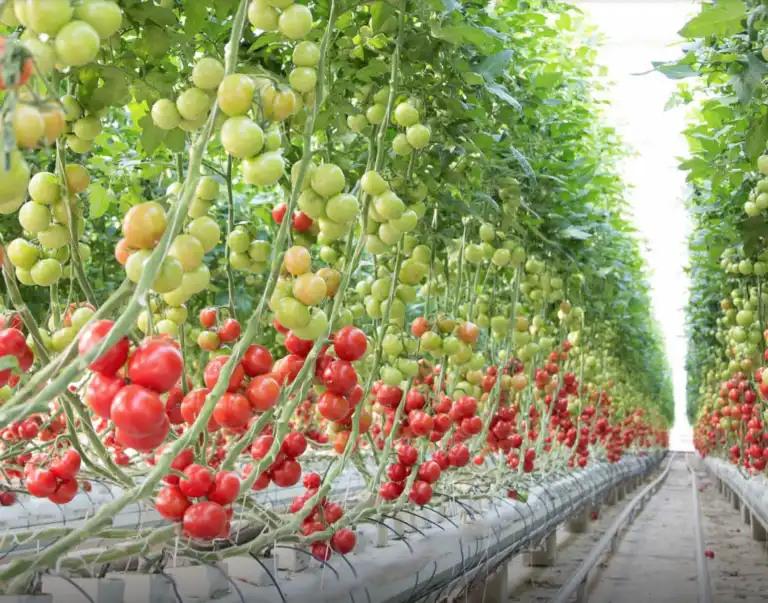Dutch Bucket, also known as bato bucket, is a widely used planting container in hydroponic and soilless cultivation systems. This simple and efficient planting system has been favored by gardening enthusiasts and commercial farmers around the world. This article will introduce the basic principles of Dutch Bucket, its advantages and how to use them correctly to improve planting efficiency.
How Dutch Bucket Works
Dutch Buckets are usually made of durable plastic and have a unique design that allows plant roots to fully contact the nutrient solution. Each bucket usually has two inlets, one for water inlet and the other for drainage. The nutrient solution enters the bucket through the water inlet, passes through the plant roots, and flows out through the drainage port and returns to the circulation system.
This design ensures that the plant roots can continue to be exposed to sufficient oxygen and nutrients, while avoiding the problems of over-soaking and root rot. Dutch Bucket systems are often used in conjunction with drip irrigation systems to precisely control the supply of water and nutrients.
Advantages of Dutch Bucket
Space saving: Dutch Buckets are suitable for planting environments of all sizes, whether it is a small home garden or a large commercial farm. They can be arranged compactly to maximize the use of planting space.
Efficient use of water resources: The Dutch bucket system can effectively recycle water and nutrient solution, reducing water waste and is a very environmentally friendly way of growing.
Increased yield: Crops grown using Dutch buckets usually grow faster and have higher yields because the plant roots can continuously obtain balanced nutrition.
Easy maintenance: The Dutch bucket system is designed to be simple and easy to install and maintain. Each part of the system can be checked and replaced separately, making it easy to solve any potential problems.
Best practices for using Dutch buckets
Choose the right medium: Dutch buckets usually use perlite, coconut coir or other soilless media. These media have good drainage and aeration, which helps the root system grow healthily.
Regularly check the system: Regularly check the inlet and outlet of the drip irrigation system and Dutch bucket to ensure that there are no blockages or leaks. Clean and maintain the system in time to ensure that it is operating properly.
Control the concentration and pH of the nutrient solution: Regularly measure and adjust the concentration and pH of the nutrient solution to ensure that the plants can get the best growth environment.
Provide appropriate light: Most crops using the Dutch bucket system require sufficient light. Make sure there is enough natural light in the planting area or use artificial light.
Dutch barrels are an efficient, flexible and easy-to-maintain planting system suitable for a variety of soilless cultivation environments. With proper use and maintenance, Dutch barrels can significantly increase the growth rate and yield of crops, making them an ideal choice for modern gardening and agriculture. If you are looking for an efficient and sustainable planting method, try using Dutch barrels. I believe it will bring you unexpected surprises.



